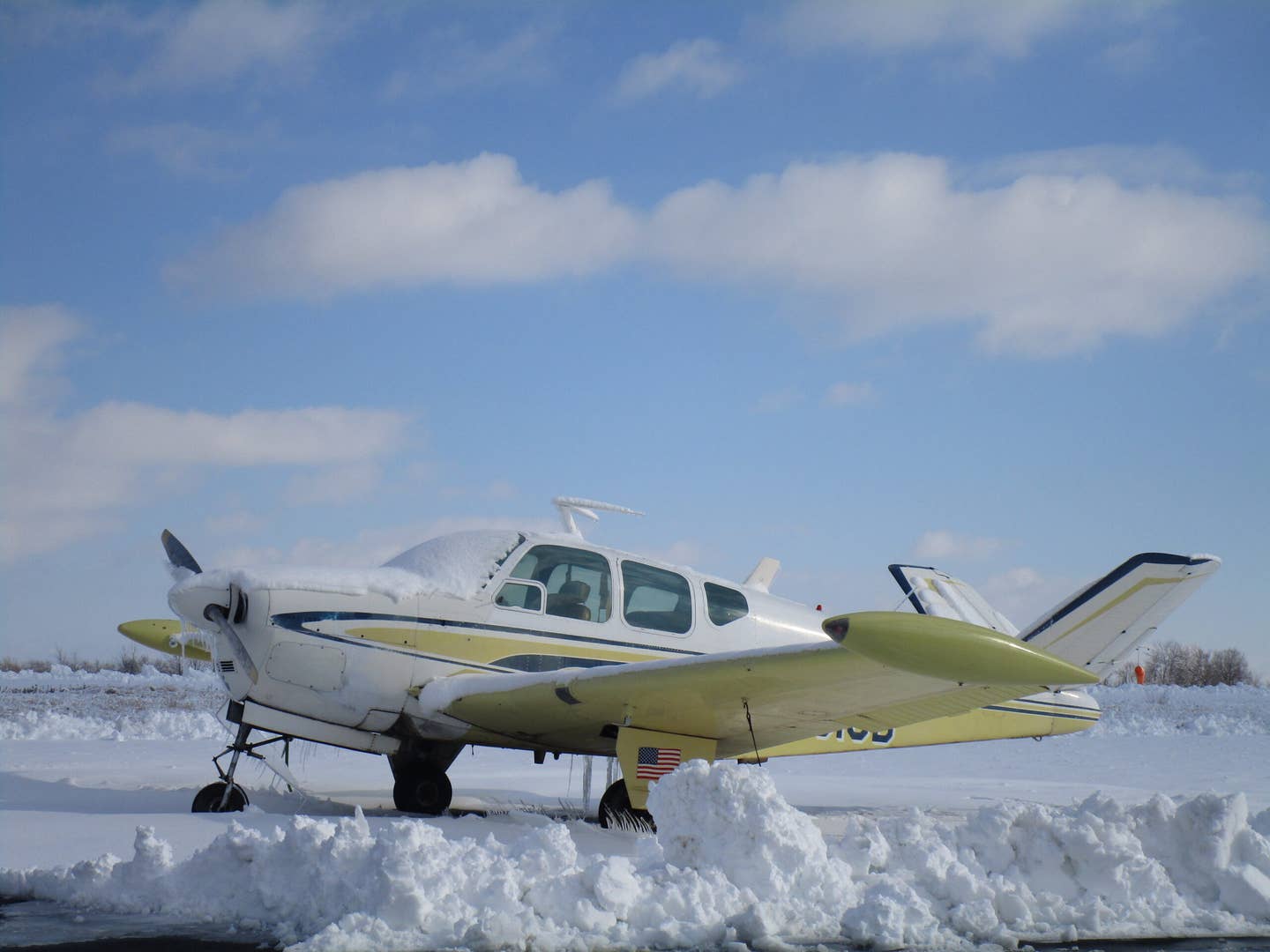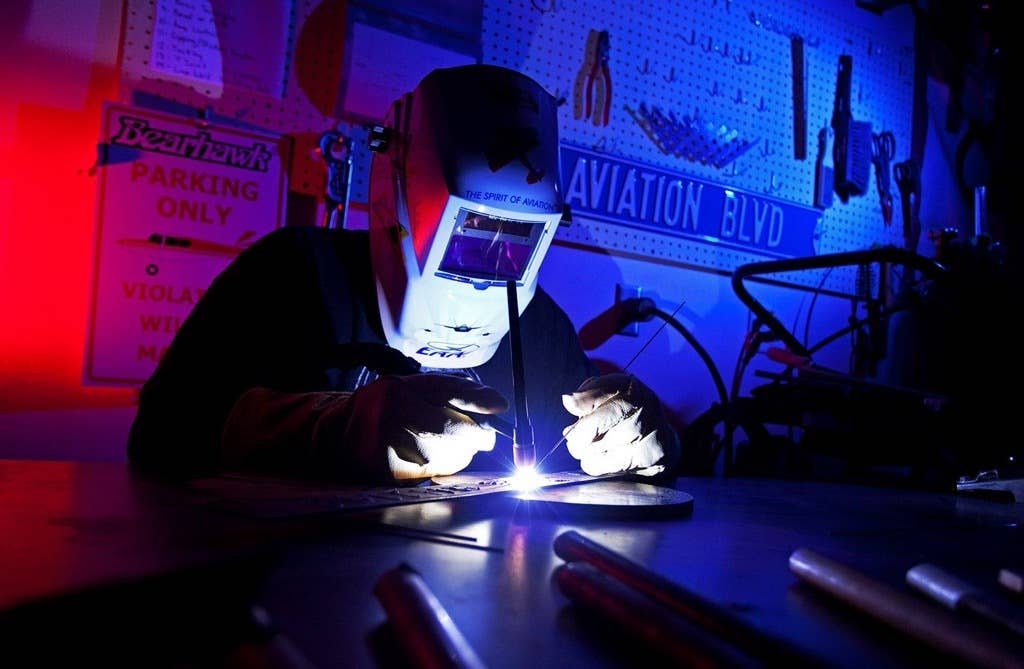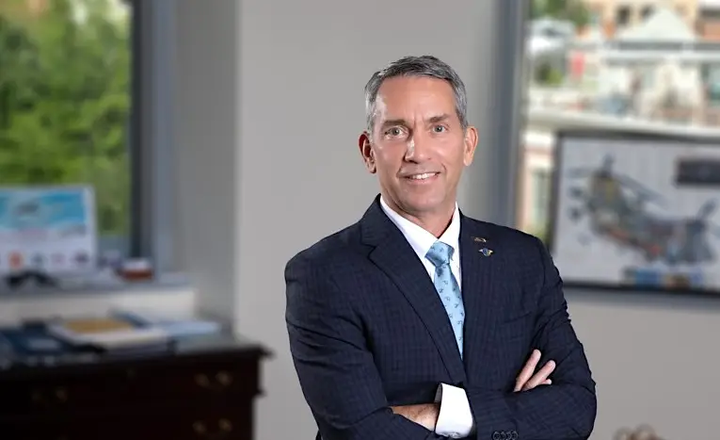First Flight of a Plane Called Alice
The all-electric powered twin continues to progress toward eventual production, but the journey is fraught
Het grootste elektrische passagiersvliegtuig tot nu toe, de Eviation Alice, heeft vanmiddag een succesvolle eerste testvlucht gemaakt. Het toestel was een kleine 9 minuten in de lucht. pic.twitter.com/n5bEAcpq9H
--- Luchtvaartnieuws.nl (@luchtvaart) September 27, 2022
With its first flight earlier this morning in Washington State, Alice, the all-electric twin from Eviation, has gone where very few other electric planes have!into the air.
The plane took off in the early morning hours from Moses Lake, an airport known for being a popular Boeing test flight runway. Alice's flight was short, just nine minutes and change, and it never left the airport's vicinity, as it stayed within gliding distance of the field for its first foray. Taxi testing had been conducted at the Arlington, Washington, airport, but Eviation relocated the plane to Moses Lake for the first fight.
Despite the success, Alice faces an uphill battle as the company gears up for the eventual FAA certification process, in part because battery technology, despite some tantalizing lab developments, remains woefully short of being able to store the kind of energy needed for high-powered aircraft, and Alice, for which Eviation has a target weight goal of more than 18,000 pounds. For context, that is about the same weight as a 19-passenger commuter airliner, like a Beech 1900, for example. And Eviation's target max operating speed of 260 knots would quickly drain battery life. What lower-power-setting speeds Eviation envisions for Alice to achieve its target of a range of 250 nautical miles (with 30 minutes reserve, the minimum time required by FAA regulations) is unknown, but on the small number of electric planes that have flown, the power setting would likely be less than 50 percent.
And that's not to mention the fact that Alice is an all-new design, and the process of shepherding a clean-sheet commuter category plane to FAA certification is a tall order!and that's with conventional Jet-A turboprop engines. The most recent such certification, that of the Cessna SkyCourier, took many years and probably cost hundreds of millions of dollars. It's the kind of funding that aviation giant Textron Aviation has at its disposal but for which start-ups might need to scramble. That is, again, with a product the likes of which has never been approved by any aviation regulatory body in the world.
Still, the first flight is an important first step, and if the future is indeed electric, which it might or might not be, such milestones are indeed noteworthy, perhaps, as Eviation claims, revolutionary.

Subscribe to Our Newsletter
Get the latest Plane & Pilot Magazine stories delivered directly to your inbox






